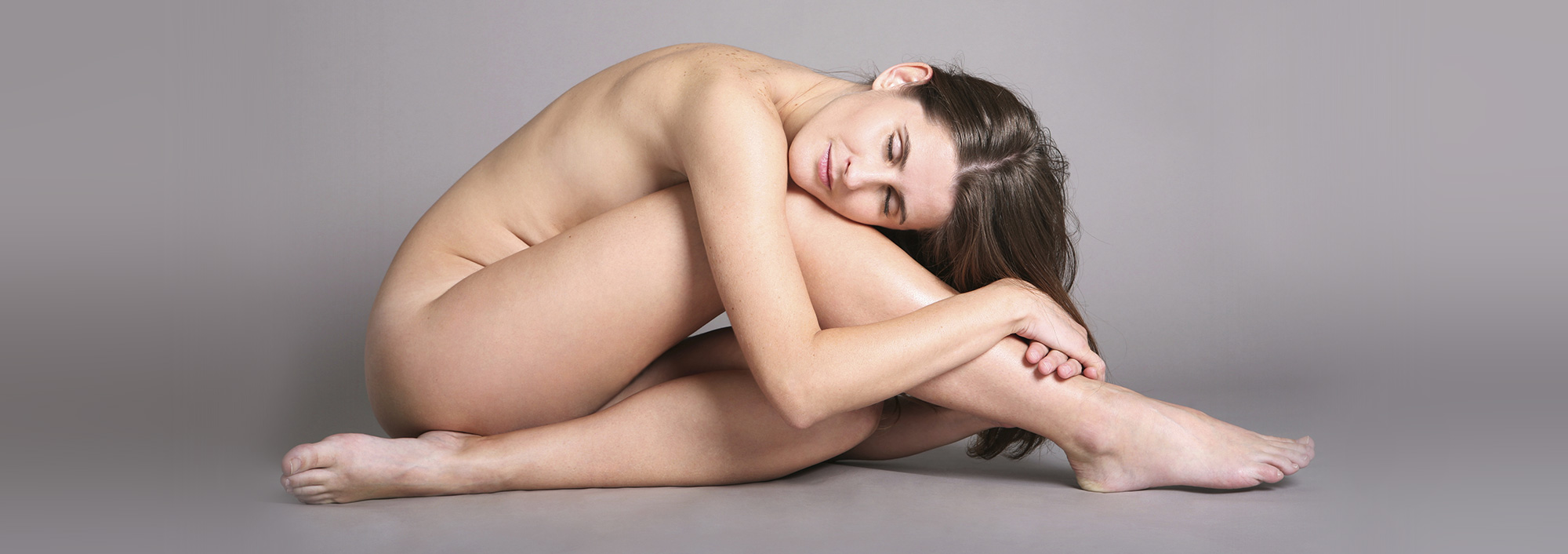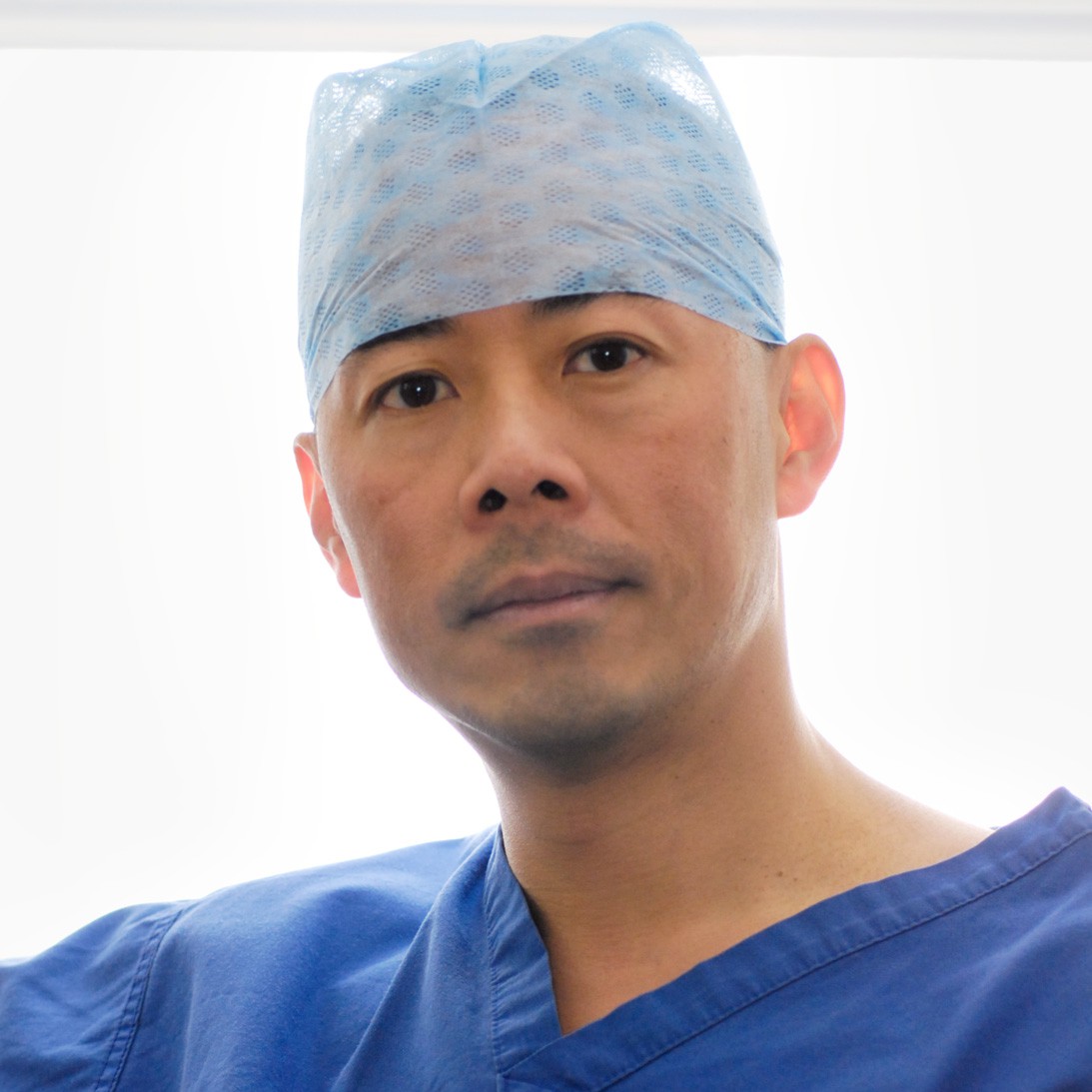
Liposuction Surgery

Liposuction surgery specifically targets these deposits and can reshape areas of the body. It is best suited to removing localised deposits of fat especially from the neck, stomach, arms, hips or thighs.
Liposuction permanently removes fat cells, hence the change in body shape can be permanent. However, the remaining fat cells can increase in size as weight is gained and so weight loss may not be permanent unless a healthy lifestyle is adopted.
What does it involve?
Is it right for me?
You should be realistic in your expectations before deciding on liposuction. Know that there is a limit to how much fat can be removed safely.
The surgery will be of benefit if you have unwanted, localised areas of fat around the face, neck, tummy, hips, thighs and knees.
You should be fit and well and within approximately 7kg (1 stone) of your ideal body weight. If you are generally overweight, you should consider diet and exercise to reach a lower weight before considering this operation. It is not a ‘Quick Fix’ method for losing weight.
What are the risks?
Complications are RARE, but you should be aware of them so that you can make an informed decision about your surgery.
Every operation carries with it the risk of bleeding, infection and delayed healing, but these are very rare in liposuction. There may be skin irregularities not unlike cellulite. Cellulite is not improved by liposuction and can actually be worsened by it.
There may be larger contour irregularities or areas of asymmetry, that require further ‘touch-up’ or revision procedures at a later stage.
Ultrasonic liposuction is sometimes used, particularly for the chest in men, and for the upper abdomen. It utilises high frequency sound waves to shatter the fat cells. Heat is generated as a by-product, and there is a risk of burns to the skin with ultrasonic liposuction.
As mentioned above, the scars heal very well in most patients, but please be aware that if you have dark skin, freckly skin or red hair, there is a greater risk of persistent lumpiness and hypersensitivity in the scars. This is known as hypertrophic or keloid scarring.



